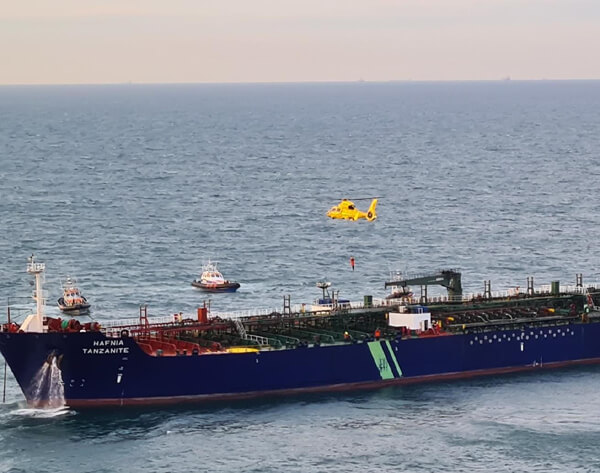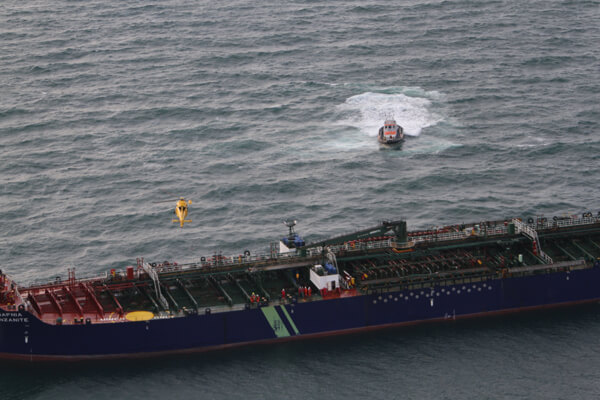As part of efforts of federal government to boast maritime security, Minister of Transportation, Mu’azu Jaji Sambo, over the weekend commissioned two patrol boats (PB – Gusau and PB – Jalingo) as well as a 32- Seater Passenger Ferry Boat to enhance operational efficiency and encourage water transportation at the National Inland Waterways Authority’s (NIWA) Area Office in Port Harcourt.
A statement by the Eric Ojiekwe, Director of Press and Publicity in the ministry reported that The Minister who was former General Manager at NIWA further disclosed that while he was at the helm of affairs there, he did not only maintain the amount of revenue target set by his predecessors, but surpassed it.
He said, “When I came here, a lot of people were wondering if we are going to succeed. But I did not only sustain the level of revenue that was sustained by my predecessors, but I even surpassed them,” he said.
He commended the Managing Director NIWA, Dr. George Moghalu, for the giant strides attained, saying: “Seriously, MD, l am happy I came here today. If didn’t come, I would not have known the strides you have achieved. Without doubts, I think you have made the greatest impacts of all the Managing Directors that have served the Authority”. “Your tenure has moved the Authority from level 5 to Level 9”.
He described inland water way transportation as the cheapest and safest means of moving goods and persons and key to development of any country, especially that endowed with water.
Furthermore, the Minister observed that Nigeria is blessed in that regard as 28 States of the Federation can be accessed by water, hence the need to develop the sector.
While promising to provide support in any capacity, he called on the MD to quickly operationalize the Marina Area Office in Lagos which has been identified as a hub for trans- shipping cargoes from Lagos through the Intercoastal routes like Warri and Onitsha.
Earlier, the Managing Director, NIWA, Dr. Moghalu, informed that in less than a year, the Agency commissioned more than twenty patrol boats, as well as a house boat, tugboat and water ambulance for distribution to various Area offices of the Authority.
According to him, the act is part of the Agency’s vision to ensure that the nation’s Inland waterways provides a truly safe, efficient, cost effective and alternative mode of transportation of goods and persons as well as become competitive and attractive.
Speaking further, Moghalu said: “the huge opportunities that abounds in the nation’s Inland waterways can only be maximized if concerted efforts are geared towards the development of infrastructure and proper funding to make the waterways attractive and competitive to players”.
Also, he disclosed that the Authority has licensed several companies for the transportation of cargoes across the waterways in Nigeria, especially from Lagos so as to decongest it and open up other Inland ports.
Source: https://authorityngr.com/2022/09/05/maritime-safety-niwa-gets-two-patrol-boats/









